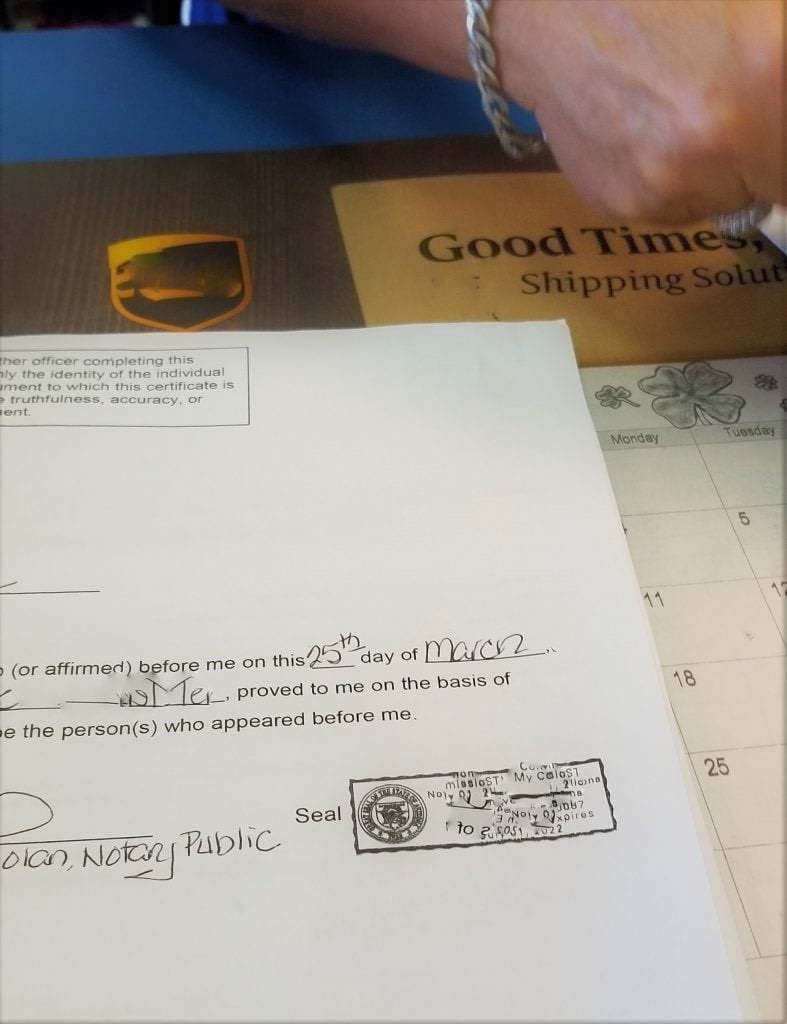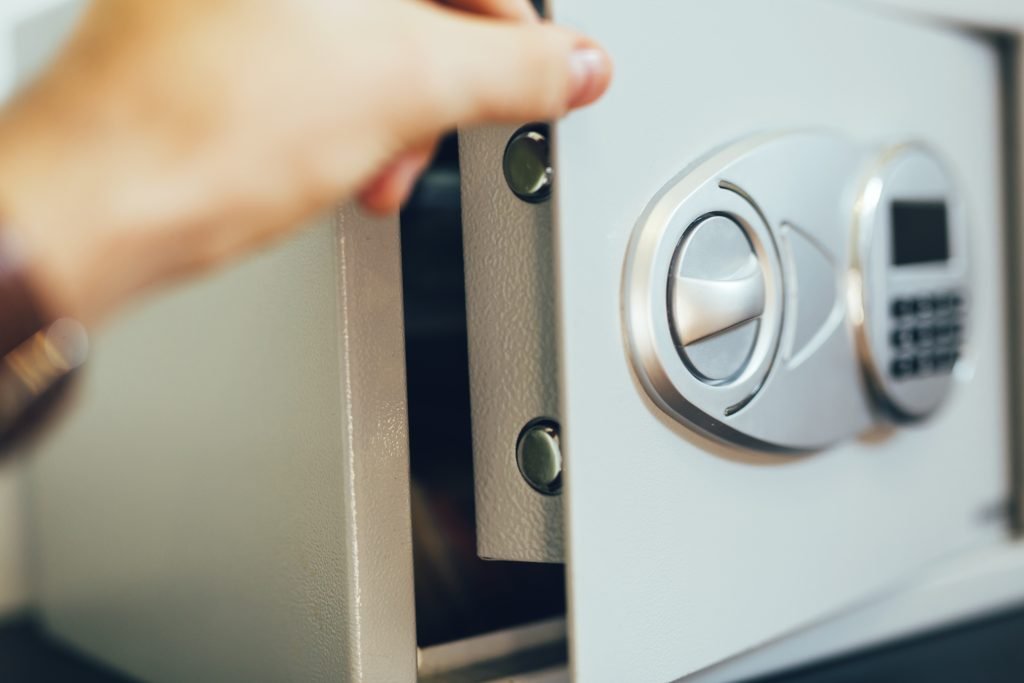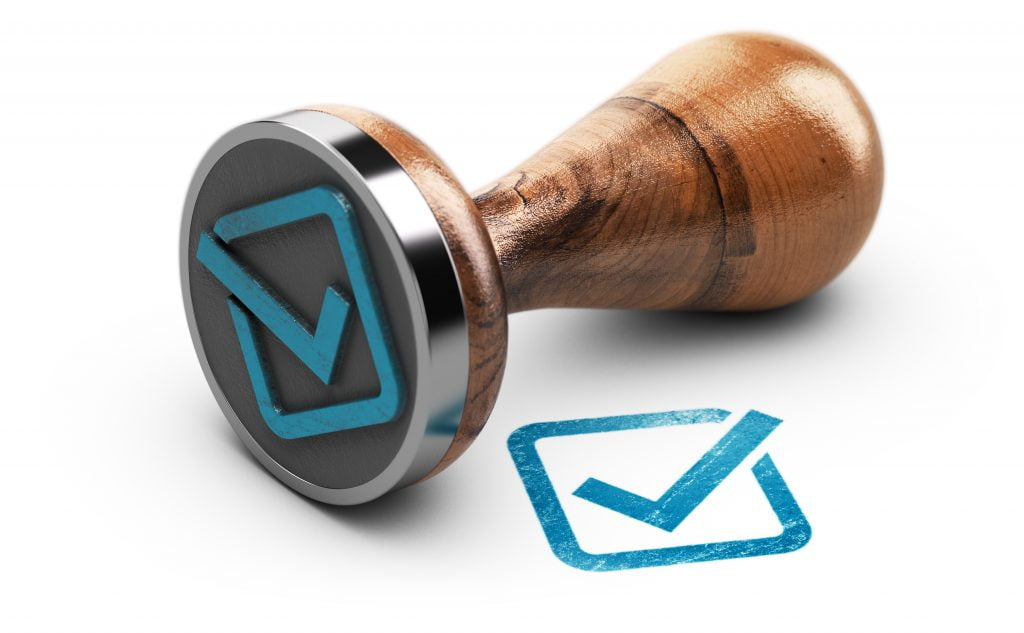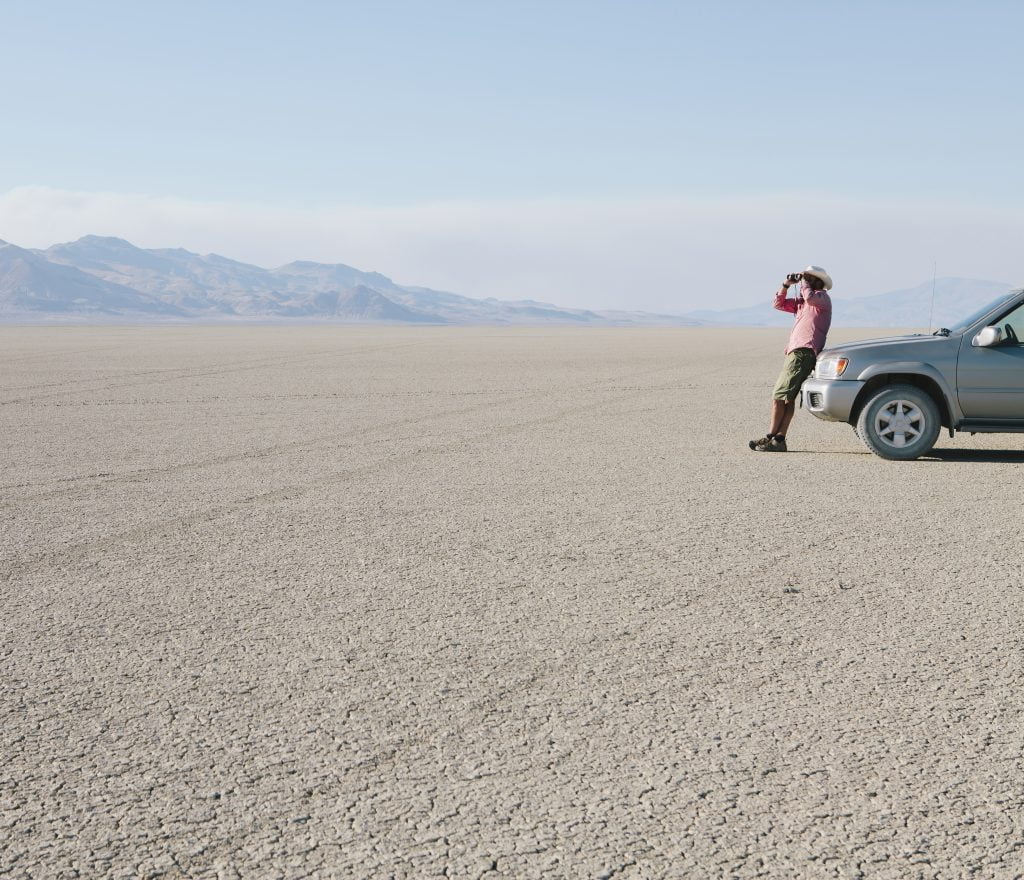
A California notary public must have and use a seal they purchased from a vendor or manufacturer authorized by the California Secretary of State. It’s one of the required costs of being a notary public.
Table of Contents

Notary seals are made by the notary stamp
When you hear the word “seal” think of the California notary public’s “stamp.” The official word is “seal.” Technically, the seal is the impression made by the stamping device.
A notary public is required to have and use a seal. The seal must be kept in a locked and secure area, under the direct and exclusive control of the notary public. The notary public cannot give the seal to anyone, including an employer who paid for it.

Rubber stamps, ink pad, self-inking stamp, or seal embosser?
You need a seal to make your notarization official. The law says the seal must be photographically reproducible, so most people use a rubber stamp seal. But if you want, you can also use an embosser seal in addition to the rubber stamp.

California notary stamp requirements
The seal must:
- It must be photographically reproducible;
- The words “Notary Public” and the state seal must be displayed.
- The notary public’s name (the same one as in the notary’s commission) must be included in the document;
- Name of the county in which the oath of office and notary public bond are registered;
- It must also include the notary’s commission expiration date.
- The seal’s sequential identification number (commission number) and the seal manufacturer or vendor’s unique identification number must be included.
- Be circular and no more than two inches in diameter, or rectangular and no longer than one inch by two and a half inches, with a serrated or milled-edged border.

Form of the seal
The California notary stamp must be able to be reproduced in photographs or copies, have a serrated or milled edge border, and must clearly and legibly contain the State Seal, the words Notary Public, the California notary public’s name, the commission expiration date, the county wherein the oath and bond are filed, the commission number assigned to the notary public, and the sequential identification number assigned to the manufacturer or vendor by the California Secretary of State.
The California notary stamp may be circular but must be less than 2 inches in diameter. It can also be rectangular but must be less than 1 inch wide and 2.5 inches long.
A best practice tip is to use a rubber stamp seal. This type of notary stamp must be able to be reproduced in a photograph, so it is widespread. However, notaries public can also use an embosser notary stamp in addition to the rubber notary stamp or may use the embosser seal as the official seal if it is inked with an ink pad.

Where to get a notary seal
A California notary public can purchase a California notary stamp only from a company authorized by the California Secretary of State. The California Secretary of State issues certificates that allow notaries to have an official notary public seal. To purchase an official seal, you will need the original certificate of authorization, not a copy. The California Secretary of State will provide you with a certificate of authorization to obtain an official seal when you are appointed as a notary public. So that means you can’t get a seal until your notary application is approved.
Our notary public supplies partner is authorized by the California Secretary of State.

Keeping the seal secure
The California notary stamp must be kept in a safe place where only the notary public has access.
Remember, no one but the California notary can access the California notary stamp. This means that you cannot store the notary stamp where others can get to it.
The best place to store the notary stamp is in a safe or file cabinet that is only accessible by you. If you do not follow the rules and secure the notary stamp, your commission may be suspended or revoked and you may face civil and criminal penalties.
The California notary stamp is the property of the notary public. The notary stamp must not be given to an employer when you leave your job, whether or not the employer paid for the notary stamp. There is one exception: if a court orders you to surrender your notary stamp, you must do so.
A notary is guilty of a misdemeanor if the notary public willfully fails to keep the California notary stamp under their direct and exclusive control or deliberately surrenders the notary stamp to anyone unauthorized.
It’s your notary stamp, and it’s your duty to keep it safe. Remember to securely lock your notary stamp away so that it isn’t misused by someone else.

When to use the seal
A notary must use the California notary stamp only to carry out the duties of a notary public.
If authorized by law, a notary may authenticate an official act without using the official California notary stamp.
A notary must not use the California notary stamp or title for any other purpose than to provide notarial services.
Because subdivision maps are most frequently drawn on a non-releasable material that does not accept standard stamp pad ink, acknowledgments for California subdivision map certificates may be notarized without the official California notary stamp.
The name, county of the notary public’s place of business, and commission expiration date must be typed or printed below or immediately adjacent to the notary public’s signature on the acknowledgment.

Make sure the seal is clear
Make sure that your stamp’s impression is clear. The stamp should be easy to see, and all the elements should be legible.
A notary cannot stamp any document pages with the California notary stamp except for the page with the completed notarial certificate. Do not place an impression of the notary stamp on every page of a document or fan the pages of the document and place an impression of the California notary stamp across all pages.
Documents acknowledged by the California notary stamp may later be submitted to a county recorder. The county recorder may refuse to accept the document if the notary stamp is illegible. All components of the seal must be visible.
The notary should not cover signatures or other printed material on the document with the California notary stamp. If the notary seal impression is unclear, the notary public should affix a fresh one and never try to repair the old one, even if this necessitates attaching a separate notarial certificate.
If it is illegible or improperly placed, the document might be rejected and cause problems for everyone involved.

What to do if the seal is lost or damaged
If your notary seal is lost, misplaced, destroyed, broken, damaged, or rendered otherwise unworkable, you must immediately mail or deliver written notice to the California Secretary of State. If you lose your notary seal, you can request a new certificate of authorization from the California Secretary of State. This will allow you to get a new seal. The process should take five working days.

What to do with the seal if the notary commission ends
When a notary public commission expires, the notary public seal must be destroyed to protect the notary from possible fraudulent use by someone else.
The notary public must destroy or deface the seal upon termination, resignation, or revocation of the notary public’s commission or the death of the notary public.
Frequently asked questions about notary stamps
What is notary seal?
Notary seals are impressions of notaries’ stamps or crimp embossed stamps. It is used by notars for certifying signature and confirming notary acts. The seal is printed on it with notary commission details.
Do California Notaries use a seal?
In California, notaries need to use stamps and embossing that can be photographed. Many California notaries have ink stamps. Other notary stamps may include embossed documents to protect the stamp. Notary seals should remain secure when not being used by unauthorized people.
What color does a notary stamp need to be in California?
California does not require a specific ink color, but most notary experts recommend to use only black because it is always photographically reproducible (unlike red, for example) and looks much more professional than using a color like pink or purple.
What is the best notary seal?
Most notary publics use self-inking notary stamps.
Do I need a seal embosser?
No. Most notaries do not use notary embossing seal embossers and choose to use rubber stamps instead.
